Pink Cocaine: An In-Depth Exploration
Though it may resemble cocaine in its texture, pink cocaine is actually a completely different drug. Pink cocaine is actually a synthetic compound known as 2C-B (“Tusi”) that is part of the 2C family of drugs.
2C-B is often sold as a bright pink powder that is snorted, though pill and tablet variants are also used. The drug is commonly used as a party drug as it provides stimulant effects similar to cocaine as well as hallucinatory effects similar to MDMA.
2C-B use has seen a resurgence in recent years, with party-goers around the world favoring the substance over traditional cocaine. Somewhat ironically, 2C-B has become incredibly popular with young people in Colombia, the birthplace of cocaine.
Known to those who use it as “tusibi”, Colombians are buying 2C-B at almost 6 times the price of regular cocaine and have built a subculture around using the drug, known as “neo-narcos”.
Pink cocaine has also been in the news recently as a more recent iteration of the drug’s, which contains additional substances such as ketamine and MDMA, was found in Liam Payne’s system after his death.
In recent years, there has been growing intrigue surrounding the substance known as “pink cocaine.” Despite its misleading name, pink cocaine is not actually related to the traditional white cocaine derived from coca leaves. Instead, it refers to a synthetic drug that has gained notoriety for its potency, appearance, and increasing use in certain underground circles. In this article, we will explore what pink cocaine is, its components, its effects, the risks involved, and its illegal status. We will also touch upon the locations where it is most commonly sold, including the USA, UK, Australia, Europe, and the broader global market.
What is Pink Cocaine?
The Misleading Name: Is it Really Cocaine?
Pink cocaine is a street name for a synthetic drug primarily made up of a powerful stimulant known as 4-fluoroamphetamine (4-FA), sometimes mixed with other chemicals like mephedrone or other analogs. The name “pink cocaine” is used due to the drug’s appearance, which is often pink or reddish, and because it shares some of the stimulant properties of traditional cocaine. However, pink cocaine is chemically different from cocaine and does not come from the coca plant.
While it might have similar effects to some illegal stimulants, pink cocaine is not directly related to cocaine and should not be confused with it. Instead, it is an entirely synthetic compound, often marketed as a “designer drug.”
Chemical Composition of Pink Cocaine
The main ingredient in pink cocaine is 4-fluoroamphetamine (4-FA), a synthetic stimulant. This compound belongs to a class of substances known as substituted amphetamines, which can produce effects similar to those of MDMA (Ecstasy) and amphetamines. Pink cocaine often includes other substances like mephedrone, a drug in the cathinone class, which is known for its euphoric and stimulant effects.
The mixture of these chemicals is what gives pink cocaine its unique set of effects. It is worth noting that the production and composition of pink cocaine can vary from batch to batch, adding to the potential risks associated with using this drug.
How is Pink Cocaine Used?
Methods of Consumption
Pink cocaine is usually sold in powdered or crystal form, and users often consume it in a manner similar to other illicit stimulants. Common methods of consumption include:
- Snorting: The most common way of ingesting pink cocaine is by snorting it, which allows the drug to quickly enter the bloodstream through the nasal membranes.
- Oral ingestion: Some individuals may choose to swallow pink cocaine, but this method takes longer to produce effects.
- Injecting: Although less common, injecting pink cocaine has also been reported, though this method increases the risk of dangerous health complications.
Dosage and Purity
Because pink cocaine is often sold on the black market, the purity and dosage of each batch can vary significantly. This inconsistency adds another layer of danger for users, as it is difficult to predict the strength of the substance they are consuming. Overdose risks are higher due to this variation, and individuals might consume dangerous amounts unknowingly.
Effects of Pink Cocaine
Short-Term Effects
Pink cocaine can cause a variety of short-term effects that resemble the stimulation experienced from other illicit drugs such as MDMA, ecstasy, or methamphetamine. The most common effects include:
- Euphoria: A heightened sense of well-being and pleasure.
- Increased energy: Users often experience a significant boost in energy, which may lead to prolonged physical activity.
- Increased heart rate and blood pressure: Stimulants like pink cocaine can cause cardiovascular strain.
- Heightened alertness: Users may feel more focused or aware, which can contribute to erratic behavior or risky decision-making.
- Emotional and social effects: Feelings of love, empathy, and closeness may occur, though they may be short-lived.
Long-Term Effects
While the immediate effects of pink cocaine may seem attractive to some, long-term use can lead to various negative consequences, including:
- Addiction: Like other stimulant drugs, pink cocaine can be highly addictive, leading users to seek it out repeatedly.
- Mental health issues: Prolonged use may result in anxiety, paranoia, and even hallucinations or psychosis.
- Physical health problems: Chronic use of stimulants can lead to severe health issues such as heart problems, kidney damage, and neurological effects.
- Depression and lethargy: After the effects of the drug wear off, users often experience a “crash,” which can lead to feelings of depression and lethargy.
Risks and Dangers of Pink Cocaine
The risks associated with pink cocaine are considerable, particularly because the drug is often unregulated and may contain harmful impurities or unknown substances. Some of the most prominent dangers include:
- Overdose: Because pink cocaine can be so potent, an overdose is a real and dangerous possibility. Symptoms of overdose may include seizures, stroke, cardiac arrest, and, in extreme cases, death.
- Chemical Composition Uncertainty: As mentioned earlier, pink cocaine is often mixed with other dangerous substances. This makes the effects unpredictable and increases the risk of a severe reaction.
- Legal issues: Since pink cocaine is illegal in many countries, users can face legal consequences, including criminal charges, arrest, and imprisonment.
- Psychological and physical harm: Continued use can severely affect both mental and physical health, often leading to long-term problems with addiction, cognitive function, and overall health.
Legal Status of Pink Cocaine
The legality of pink cocaine varies depending on the country or region. However, in most places, it is considered illegal due to its potential for harm and its unregulated nature.
Pink Cocaine in the United States
In the United States, pink cocaine falls under the category of synthetic drugs, and as such, it is illegal to manufacture, distribute, or possess it. The Drug Enforcement Administration (DEA) has cracked down on the production and sale of synthetic drugs, and penalties for using or trafficking in substances like pink cocaine can be severe.
Those looking to buy pink cocaine in the USA should be aware that they are engaging in illegal activity, and there are significant legal consequences tied to its use and distribution.
Pink Cocaine in the UK
In the United Kingdom, pink cocaine is also illegal. The UK’s Psychoactive Substances Act makes it illegal to supply any substance intended to produce a psychoactive effect. As such, anyone caught with pink cocaine can face criminal charges, including potential prison sentences.
Pink Cocaine in Australia
Australia has strict drug laws, and pink cocaine is considered a controlled substance. Individuals found with possession of synthetic drugs like pink cocaine could face significant legal repercussions, including fines and imprisonment. Australian authorities have been proactive in monitoring and regulating the use of designer drugs, which include substances like pink cocaine.
Pink Cocaine in Europe
Across Europe, pink cocaine falls under the category of new psychoactive substances (NPS). While some countries have introduced specific laws to tackle NPS, the substance is still often traded illegally through online platforms or dark web marketplaces. The sale of pink cocaine is prohibited throughout most of Europe, and users can face legal penalties similar to those in the UK and Australia.
Buying Pink Cocaine Online
With the rise of online marketplaces, buying illegal substances like pink cocaine has become easier in some regions. While many may search for terms like “buy pink cocaine online” or “buy pink cocaine in Europe,” it is crucial to understand the dangers and consequences of engaging in illegal transactions. Purchasing drugs online can not only result in legal consequences but also expose individuals to scams, unsafe products, and dangerous chemical mixtures.
Is It Safe to Buy Pink Cocaine in the USA, UK, Australia, or Europe?
Given the widespread risks of synthetic drugs like pink cocaine, buying these substances is never a safe choice. If you are considering buying pink cocaine, whether in the USA, UK, Australia, or Europe, keep in mind the following points:
- Legal consequences: Possession, trafficking, or distribution of synthetic drugs like pink cocaine is illegal in many regions, including the United States, the UK, Australia, and most European countries. Buying it can lead to serious legal issues.
- Health risks: Pink cocaine can have severe effects on both mental and physical health. The long-term impact of using synthetic drugs can be devastating, and the lack of regulation makes these substances even more dangerous.
- Unreliable sources: The market for pink cocaine is not regulated, and you cannot trust the purity or safety of the substances you might purchase. Online dealers may sell products laced with other harmful chemicals.
Conclusion
While pink cocaine might sound like a curious substance, its dangers far outweigh any perceived benefits. Its unpredictable chemical composition, dangerous side effects, and the legal implications of purchasing it make it a risky choice. Whether you’re in the USA, UK, Australia, or Europe, it’s essential to understand the risks of engaging with this illicit drug and to make informed decisions about your health and safety. If you or someone you know is struggling with addiction or substance abuse, seek professional help and support before it’s too late.
If you’re in need of help or resources on how to combat addiction, please consult professional agencies and helplines like National Institute on Drug Abuse and UK’s National Health Service.
| Pink Cocaine | 3.5grams, 7grams, 28grams, 1kg |
|---|
Be the first to review “Pink Cocaine” Cancel reply
Related products
Stimulant Drugs
Stimulant Drugs
Stimulant Drugs
Stimulant Drugs
Stimulant Drugs
Stimulant Drugs
Stimulant Drugs
Stimulant Drugs

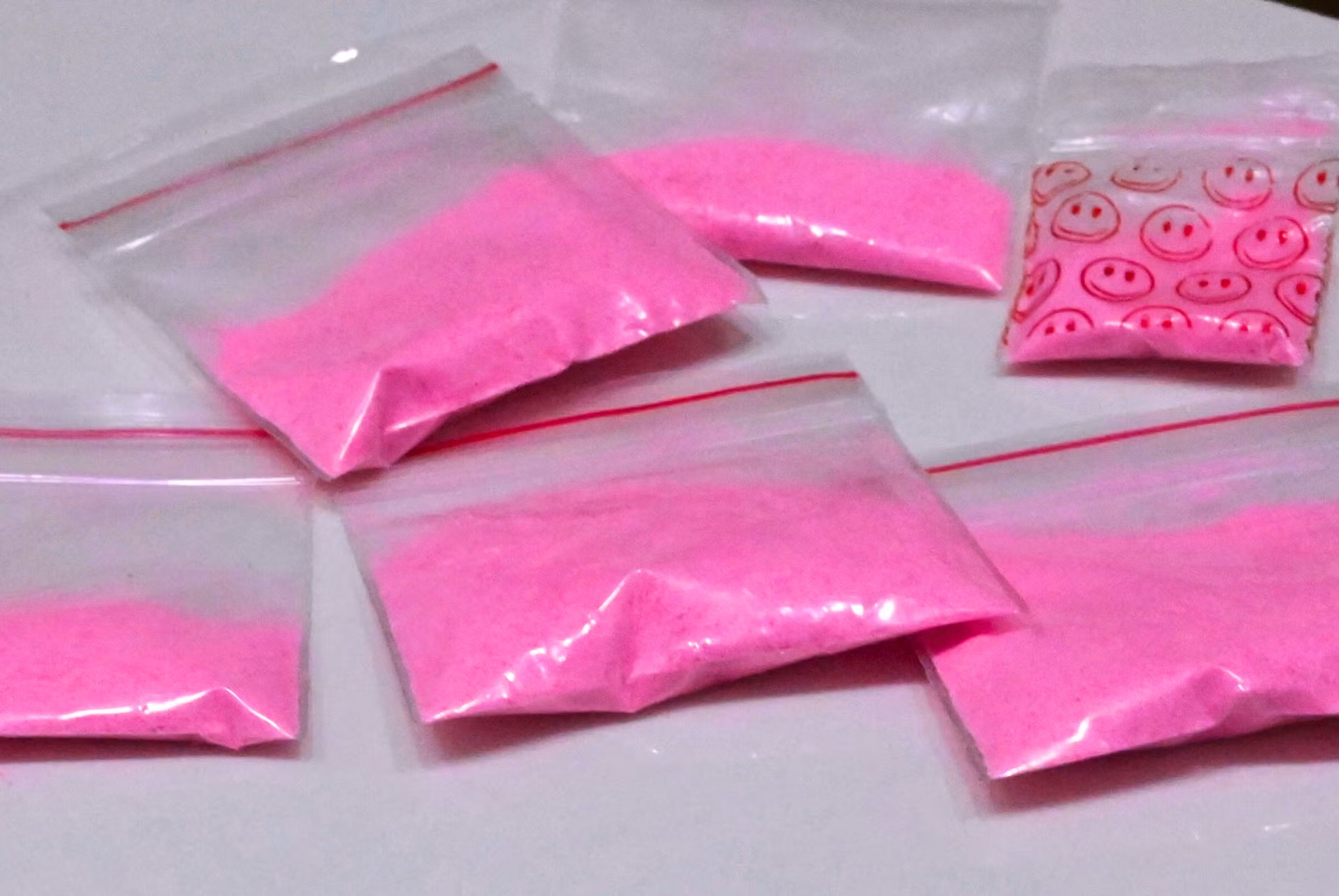

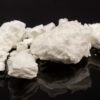
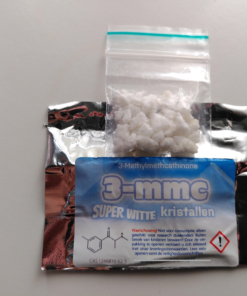

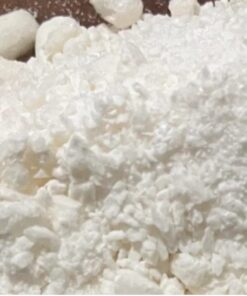
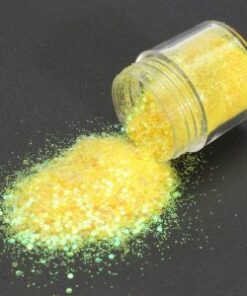
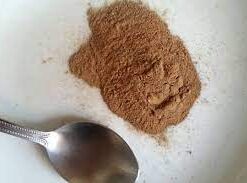
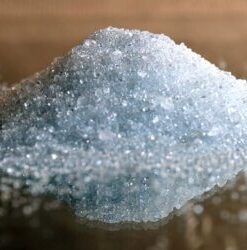

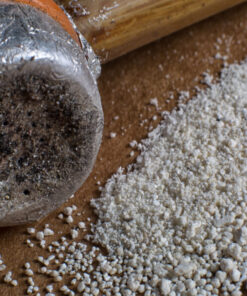
Reviews
There are no reviews yet.